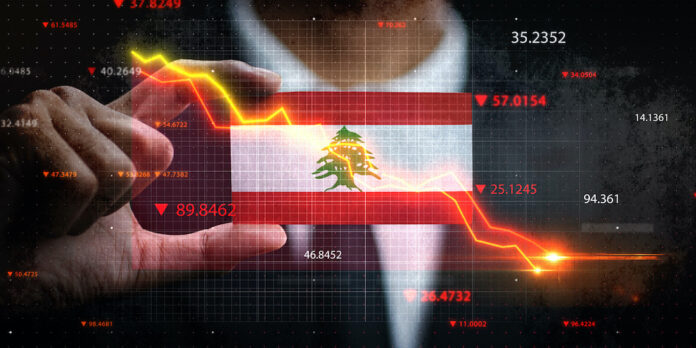On the threshold of celebrating the centenary of the establishment of the State of Greater Lebanon, Lebanon has become a society with a comprehensive economic collapse, characterized by poverty, unemployment, corruption and clientelism. Owing to poor economic conditions, the Lebanese emerged on 17 October in 2019 in a public protest that predicted the scale of the collapse. It was a revolution generated by the heaps of Lebanon, 1920, which bore the seeds of its collapse for decades. Those revolutions were governed by sectarianism. It expresses a vertical division at times, and a horizontal division at times,but in either case it didn’t depart from the 1920 structure. The Lebanese would clash with each other, once in the form of a revolution, once in the manner of war. And lots of times non-violence conflicts were present. In all those cases, it was loyalty to the leader of the community who steered the relationships and determined its course, moving it from a peaceful nature to confrontation and fighting. The Lebanese kill each other, and the leaders run the war. Leaders reconcile and return to sharing shares in the names of their factions. Prior to 2019, it was the divisions associated with the historical (sectarian) social fabric that governed the evolution of the political system in its peaceful and violent stages. The nature of evolution was therefore driven by the sectarianism dimension. On sectarianism the system was build and established, and on it was divided.










